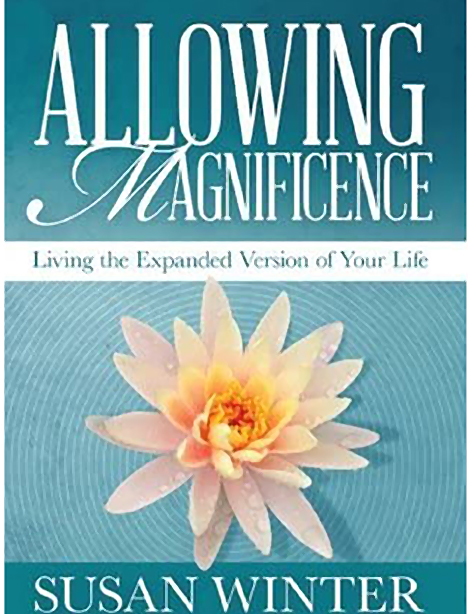
At its core this book seeks to connect us to our true, authentic selves; counselling that once we do this, we can finally live the life we truly desire.
Many of us, and many of our therapy clients, find ourselves asking “How can I manifest the life I want?” or, “Why are these things happening to me?”
Allowing Magnificence is a great starting point on the journey to answering these questions. It’s a relatively short read but provides in depth information that is straightforward and to the point and can be applied to deepening our self-awareness and development.
I was really heartened by the central concept that you don’t need to create a new you to live the life you dream of. The real you is already perfect. You don’t need to alter your image or concern yourself with meeting other people’s standards.
One of my favourite chapters is called Inner Tapes. Here, the author essentially explains introjects theory from psychotherapy by translating it into an accessible metaphor.

Are your inner tapes holding you back?
“How did we build our current identity and inner beliefs? The inner tapes we hear in our heads otherwise known as our beliefs were formed in reference to the world around us via external messages. Our families, siblings, friends and community coloured our vision of who we are today. Parents are only able to provide the best of what they know, given their own perspective and level of awareness. In the case of information that is limiting or negative, while it may have seemed like a truth to our parents, caregivers or peers, it may not reflect a viewpoint that empowers us later in life. Upon that recognition we find the “groove in our tape”. The thought, that concept or belief takes on the characteristic of a scratch on a vinyl record. It distorts the clarity of an otherwise beautiful rendition of creativity and expression.”
In alignment with the basic premise of psychotherapy, Susan outlines how these subconscious inner tapes act as the driving force behind our thoughts, perceptions and behaviour.
Becoming aware of our inner tapes, she counsels, can free us to live our most authentic life, instead of coasting though on autopilot, mindlessly playing out the old wounds of our family system. She encourages us to tune into these tapes. What are the repeating patterns in our life choices and relationships? And how might they be informed by our early experiences?

Alongside this kind of self-discovery, advice is also offered on the existential challenges of life.
For example in the chapter Tuck and Roll, we are guided on how to manage what are termed the “death cycles” of life i.e. the many kinds of endings that we all face. When one chapter in life closes the knee jerk can often be to try to cling on to it.
This raging against reality however only causes us more suffering and so advice is given on how we can surrender and let go.

This book is a fantastic coffee table read and I can often be found browsing through it at leisure.
Divided into six sections - The architecture of Liberation, Accessing the Higher Self, Through the Eye of the Needle, Initiation, Emergence of the Authentic Self and Living the Greater Design - and with short, punchy chapters, it's always easy to find a nugget of wisdom to take you through the rest of the day.
It is a book that I come back to again and again for grounding and inspiration.
